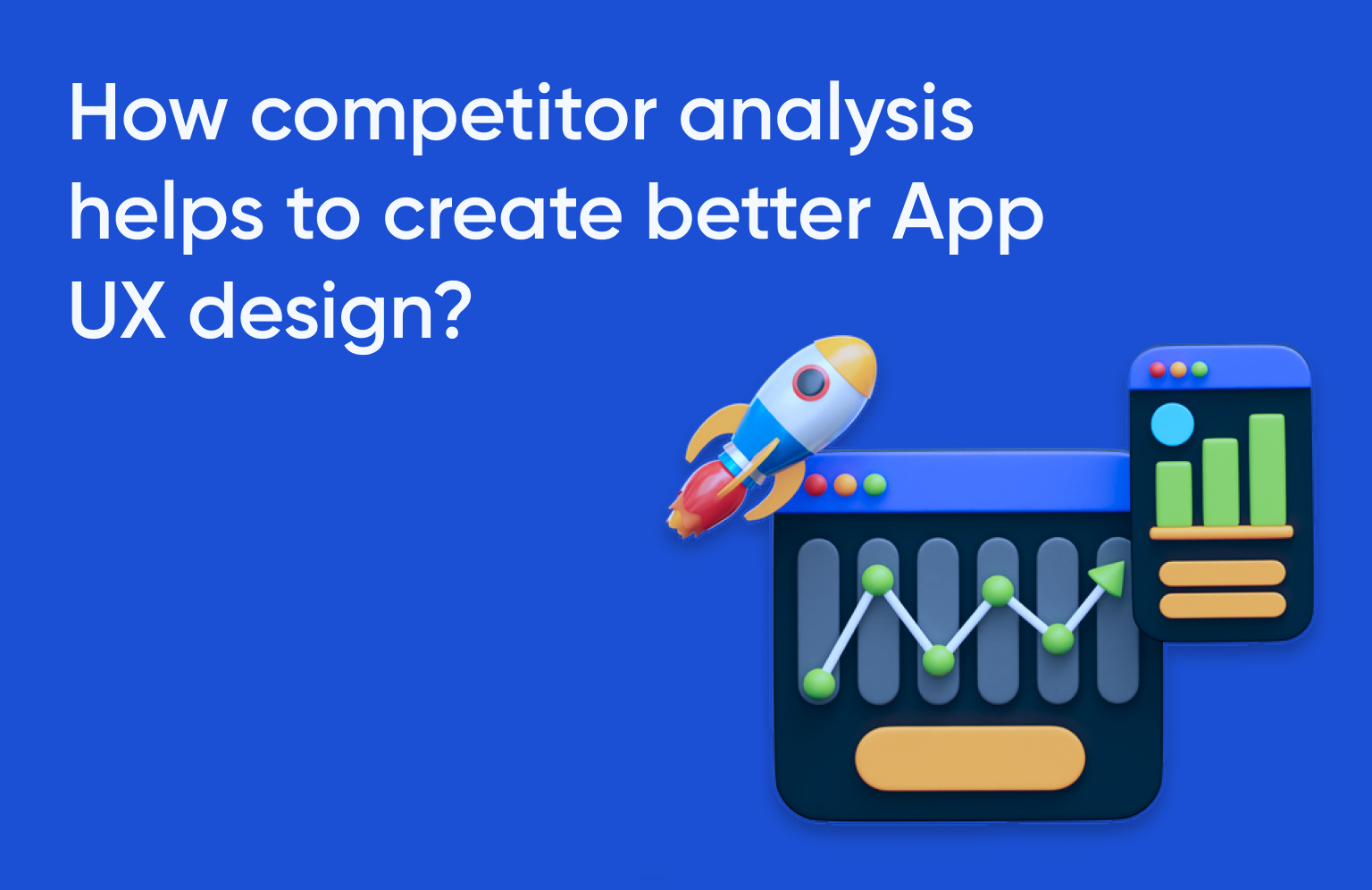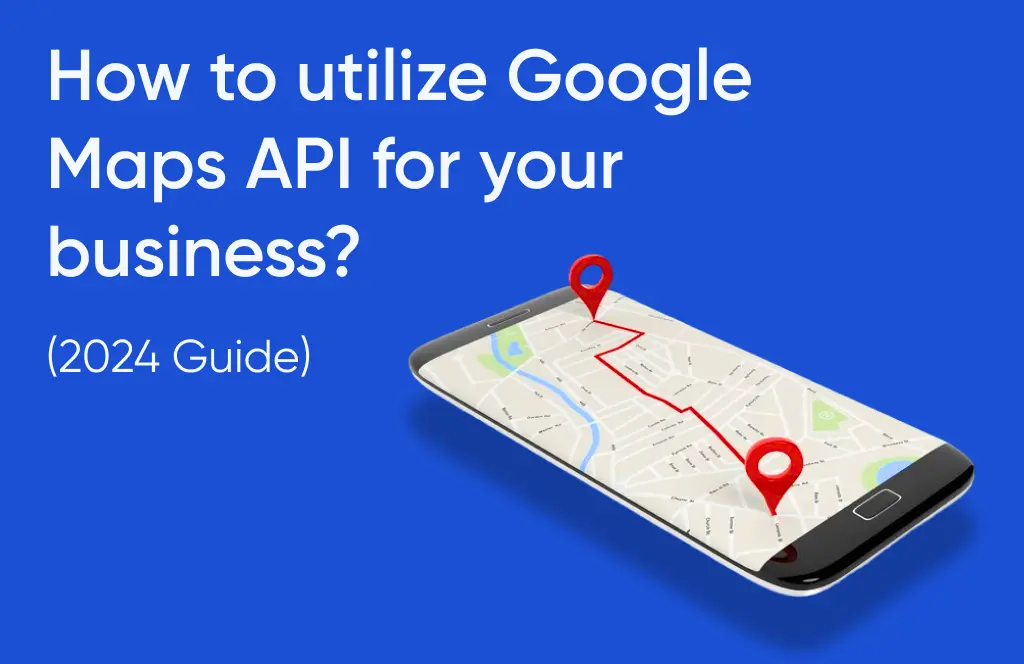In today’s fast-paced digital world, the attention span of users has dwindled to a mere eight seconds. This challenging reality underscores the critical importance of exceptional mobile app UI/UX design to capture and retain users’ attention.
In this blog post, we will delve into the intricacies of the mobile app UI/UX design process, explore modern design patterns, discuss the team requirements, and provide insights into the time and tools required for creating an impactful mobile app.
Mobile App UI/UX Design: A Crucial Element of Product Success
Users have become increasingly judgmental and discerning regarding the design of mobile applications. With just eight seconds to make an impression, not only does the design need to be visually appealing, but it must also ensure a seamless and engaging user experience. Balancing convenience and design becomes a matter of prime importance for user engagement in this fast-paced environment.
Understanding the Mobile App UI/UX Design Process:
Mobile app design is an ongoing procedure encompassing both user interface (UI) and user experience (UX) components. The visual aesthetics and structural integrity of the app take center stage as UI/UX designers strive to deliver a product that is both easy to use and aesthetically pleasing. While UI design focuses on the look, UX design is all about functionality, creating a harmonious interplay that defines the user experience.
Mobile App UI/UX Design Process: Step by Step
1. Requirements Analysis:
The journey towards an outstanding mobile app design begins with comprehensive research. Understanding project needs, collaborating closely with product owners and business analysts, and delving into business logic and visual style set the foundation for success. High requirements ensure a laser focus on business specifications and differentiation from market competitors.
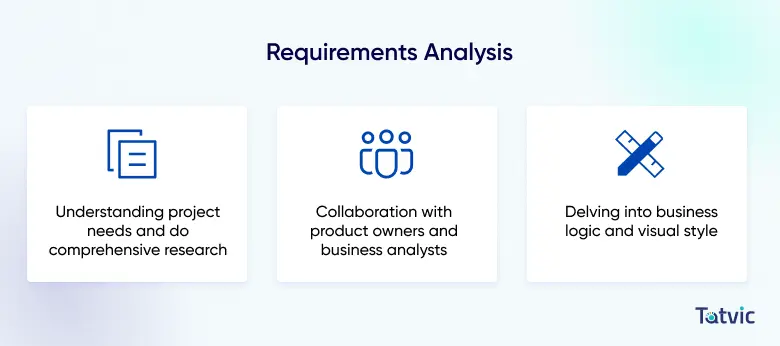
2. Functional Specifications and Wireframing:
With requirements in hand, the designers define functionality and create user flows. Balancing security and usability, wireframing takes precedence to visualize the basic flow and core structure of the app. Wireframes lay the groundwork, detailing app and page layout designs, and navigation elements without delving into graphics, colors, or animations.
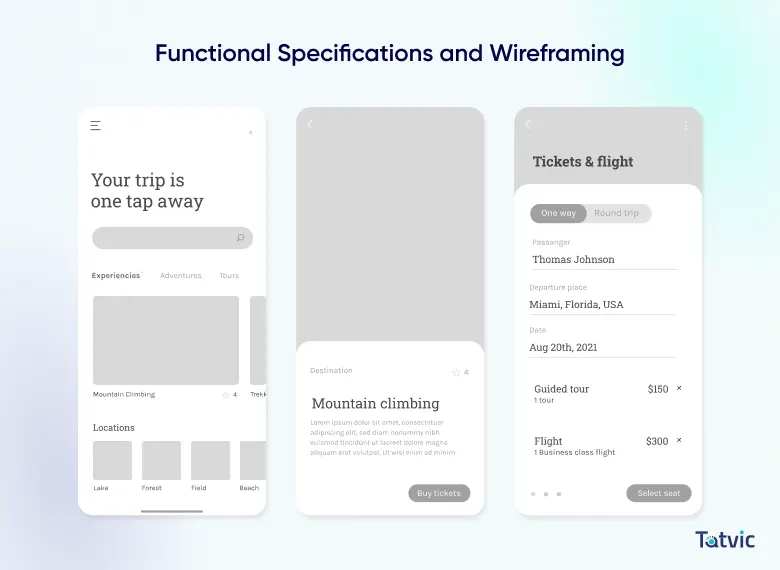
3. Visual Presentation Development:
Visual communication becomes key in this stage, elevating user experience to new heights. Establishing a strong brand identity involves introducing a color scheme, typography, and other visual elements. The development of standardized components ensures consistency, with the option to use design systems for efficiency. Designers create UI components like buttons and search fields, gradually adding unique elements to complement the app’s design style.
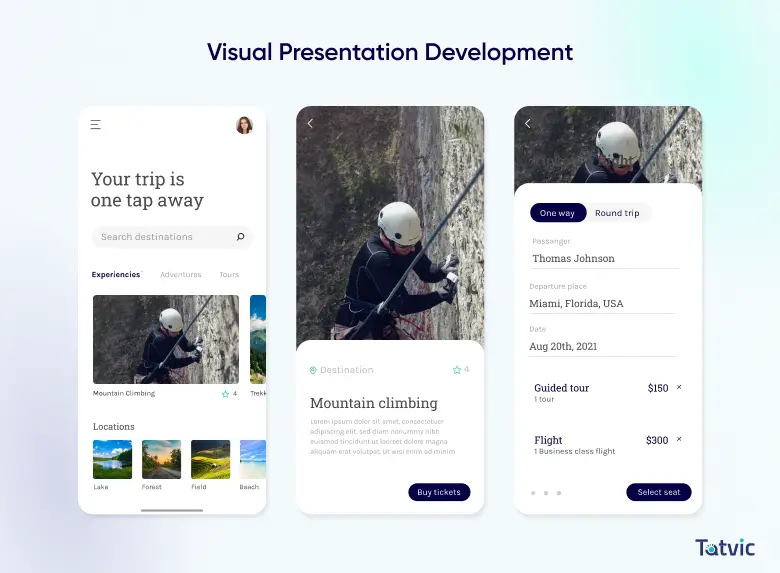
4. Screen Design Process:
Combining graphic design and user interface layouts on displays is crucial to meeting users’ needs, capabilities, and tasks. Designers navigate the challenge of maximizing user experience across varying screen sizes while adhering to the specifications of different operating systems, such as iOS and Android.
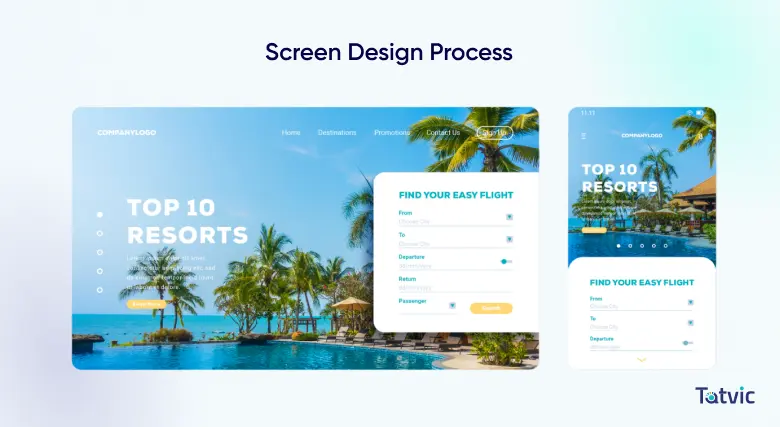
The Team and Tools Behind Mobile App UI/UX Design
Success in mobile app UI/UX design is not a solo endeavour. A collaborative team effort, including product owners, business analysts, UI/UX designers, and developers, is essential. Additionally, leveraging the right tools streamlines the design process. Whether creating components from scratch or utilizing design systems like Material or Human Interface Guidelines, having the right tools at hand enhances efficiency and customization.
In Conclusion
In a world where eight seconds determine success or failure, mastering mobile app UI/UX design is non-negotiable. By following a meticulous design process, staying abreast of modern design patterns, assembling the right team, and utilizing the best tools, teams can create mobile apps that not only catch users’ attention but also provide a delightful and memorable experience. The eight-second rule becomes an opportunity rather than a challenge, propelling mobile app success in the competitive digital landscape.



